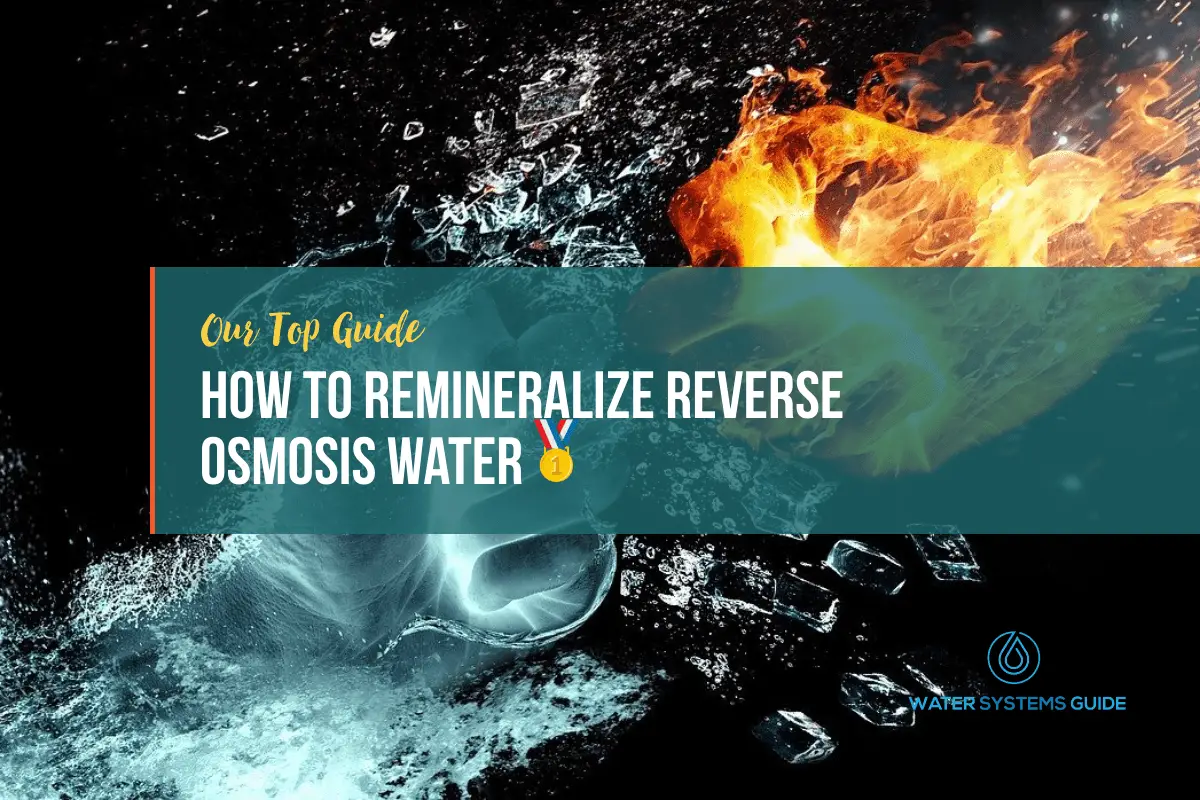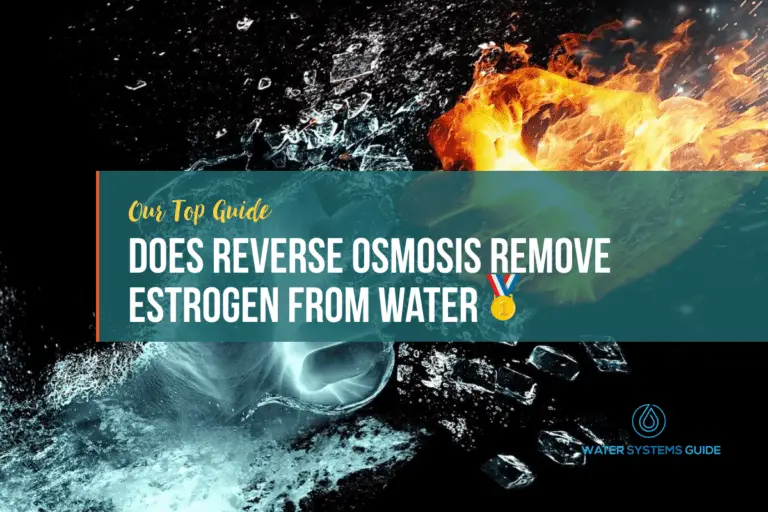How to Remineralize Reverse Osmosis Water
In this article we’re going to be discussing how exactly you can go ahead and remineralize RO water.
However, before we dive into this, let’s just briefly address some core questions that people may have, including what exactly reverse osmosis is, and how a RO system actually works.
With that being said, let’s get into the article!
What is RO & How Does Reverse Osmosis Water Filter System Work?
Reverse osmosis water is made by forcing water through a semipermeable membrane. This process removes impurities and contaminants from the water, resulting in clean, pure water. However, the reverse osmosis process also removes beneficial minerals from the water. This can lead to water that tastes flat and lifeless.
Remineralizing your RO water can help to restore some of the lost minerals, improve the taste of the water, and make it more healthful.
What Happens to the Water During Reverse Osmosis?
Reverse osmosis is a process that is used to remove salt and other impurities from water. The process works by using a semipermeable membrane to separate the fresh water from the salt water.
The semipermeable membrane only allows the fresh water to pass through and the salt water is forced to stay on the other side. The fresh water is then collected and the salt water is flushed away.
As previously mentioned, this ultimately means that core minerals are lost.
Is It Really Healthy to Drink Demineralized Water?
There is some debate over whether or not demineralized water is actually healthy to drink. Some people believe that it is because it doesn’t contain any of the harmful minerals that can be found in tap water.
Others believe that it isn’t because it doesn’t have any of the beneficial minerals that are found in spring water. Ultimately, it is up to the individual to decide whether or not they want to drink demineralized water.
There are scientific studies such as the one here which shows that there is still debate over a long period of consumption as to whether it’s optimal for the human body.
The benefits of remineralizing RO water
There are many benefits to remineralizing your RO water. Minerals are essential for good health, and they can help to improve the taste and quality of your water.
Remineralized water can also help to reduce the risk of certain diseases, such as osteoporosis and cardiovascular disease.
In addition, remineralized water can help to improve digestive health and increase energy levels.
How to Remineralize Reverse Osmosis Water?
There are several ways to remineralize your RO water.
To summarise, you can add a mineral filter to your RO system, or you can add minerals directly to your water.
However, let’s discuss each solution more in-depth.
Use a reverse osmosis system with a remineralization stage
Reverse osmosis systems are a great way to purify water, but they can strip it of essential minerals.
A remineralization stage can help restore these minerals, making the water healthier and more balanced.
There are several different types, including under sink RO systems, whole house RO systems and more.
Himalayan Salt
Water remineralization is the process of adding minerals back into water that has been depleted of them. Himalayan salt is a type of rock salt that is mined in the Himalayan Mountains. Pink Himalayan salt is an ideal choice for water remineralization because it contains a wide variety of minerals, including calcium, magnesium, potassium, and iron. Adding these minerals back into water helps to restore its balance and improve its quality.
Mineral Drops
Water remineralization is the process of adding minerals back into water that has been depleted of them. This can be done using mineral drops, which are a concentrated form of minerals that can be added to water. Mineral drops can help to improve the taste of water, as well as its nutritional value.
Alkaline Water Pitcher
Water remineralization is the process of adding minerals back into water that has been stripped of them. This can be done by using an alkaline water pitcher, which will add minerals such as calcium and magnesium back into the water. This can be beneficial for those who live in areas with hard water, as it can help to improve the taste and quality of the water.
Green Powder
Water remineralization is the process of adding minerals back into water that has been stripped of them. This can be done for both aesthetic and health reasons. One way to do this is by using green powder.
Green powder is a type of algae that is high in minerals. When added to water, it can help to replenish the lost minerals and improve the taste. It can also help to improve the clarity of the water and make it healthier to drink.







